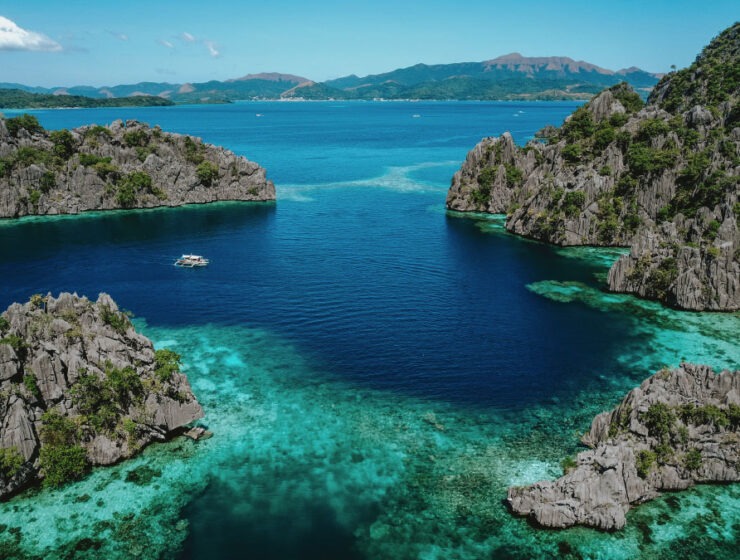Few places still feel as alive as Indonesia’s Coral Triangle. Stretching across thousands of islands, this vast marine region is a living heartbeat of the planet.
It’s where the Pacific and Indian Oceans meet, where coral gardens outnumber stars, and where tradition and tide still move as one.
For those who seek something unpolished yet deeply grounding, this coastline doesn’t just offer scenery, it offers rhythm, silence, and lessons in balance.
The Pulse of a Living Ocean
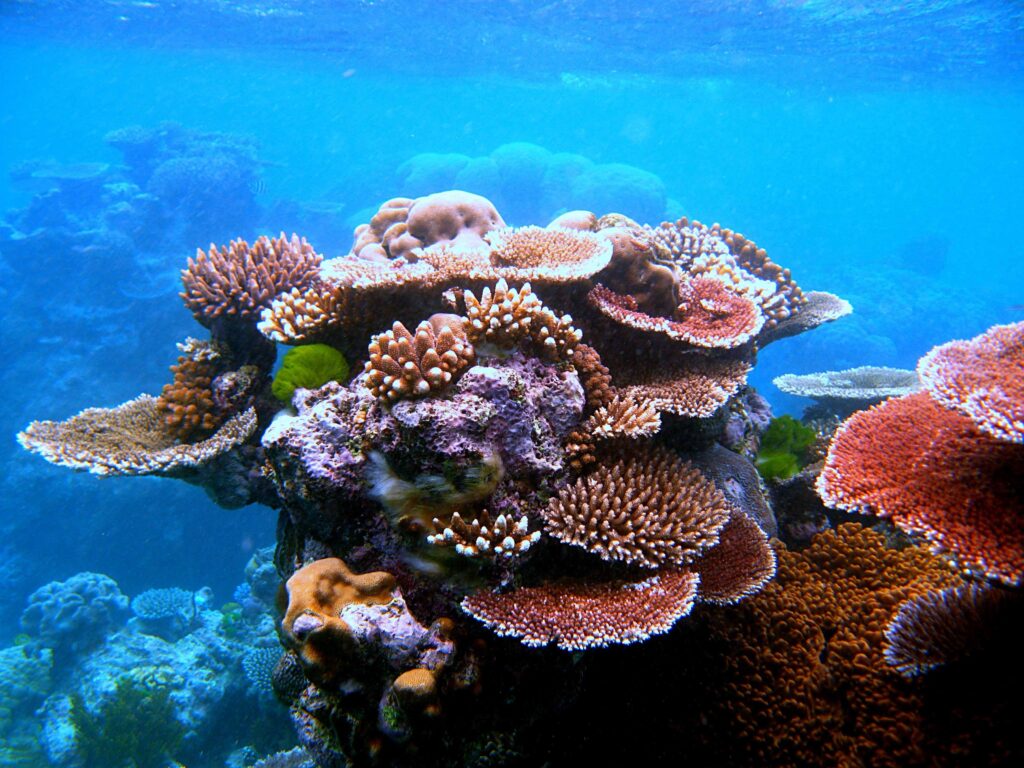
The Coral Triangle spans over six million square kilometers, hosting more than 600 coral species and 2,000 kinds of reef fish. Each day along Indonesia’s coast feels timeless: fishermen at dawn, children swimming near mangroves, and the hush of wooden boats sliding over water.
This region produces up to 30% of the world’s coral reefs, making it a cornerstone of global marine life.
The ocean here doesn’t dazzle with excess; it steadies you with rhythm. Reefs sway like breathing forests, and sea turtles glide through currents that seem older than memory. Every dive is less an adventure than a quiet conversation between human and sea, a reminder that nature doesn’t need performance to be extraordinary.
Setting Sail into Untouched Waters
To truly feel Indonesia’s wild coast, start from the water itself. Traveling by yacht allows you to follow the ocean’s natural pace, drifting from one hidden bay to another, far from crowded piers and overused routes. Many travelers choose Komodo yacht hire services to trace routes between Flores, Komodo, and Raja Ampat, combining freedom with comfort and ecological mindfulness.
What to Expect on Board:
- Early mornings filled with gold light on still water.
- Days shaped by wind and tide instead of schedule.
- Evenings under constellations with no city glow.
- Guides who share quiet stories of the sea and stars.
Sailing here is not luxury for show, it’s space for stillness. You move where coral breathes, dolphins trace the hull, and the horizon has no edges.
Beneath the Surface: A Living Mosaic
Beneath the surface, the Coral Triangle hums with diversity that few places can rival. Hard corals build foundations, soft corals move like silk, and thousands of fish species thread through this submerged forest. Diving spots such as Batu Bolong and Crystal Rock reveal color and motion so dense it feels alive even in silence.
| Dive Site | Location | What Makes It Special |
| Batu Bolong | Komodo | Steep walls, dense coral cover, strong currents |
| Wakatobi | Sulawesi | Pristine reefs, calm dives for beginners |
| Alor | East Nusa Tenggara | Unspoiled coral gardens, rare species sightings |
Each dive is a lesson in humility, proof of what thrives when ecosystems are left undisturbed. The sight of a single turtle weaving through coral can feel more powerful than any monument, because here, nature itself is the architecture.
Islands That Still Breathe Tradition
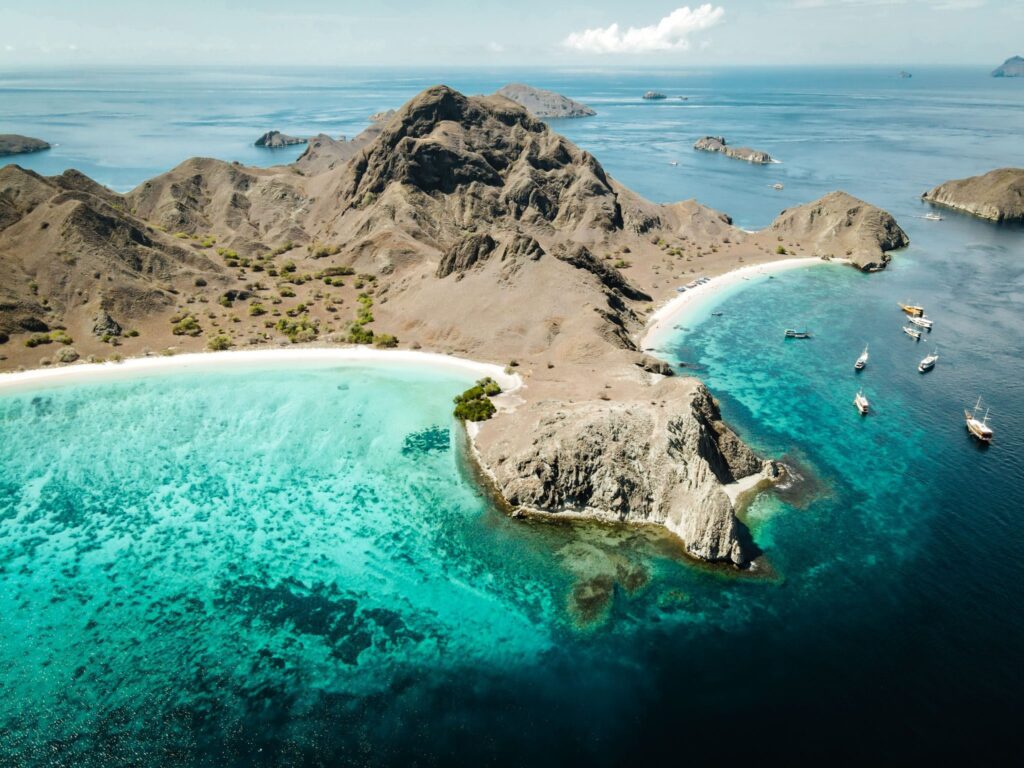
Step ashore, and Indonesia’s islands reveal another rhythm. In Flores, volcanic slopes cradle rice terraces, and every woven textile tells a story. Threads are dyed with local plants; patterns honor ancestors who shaped daily life long before tourism arrived.
Did you know?
Traditional wooden boats in eastern Indonesia, called phinisi, are built without nails, using wooden pegs that expand with seawater to create watertight seams.
Along the coast, fishermen still build and repair these boats by hand, their sails patched with memories of countless voyages. Spending time in these villages turns travel into exchange. You learn that sustainability isn’t a slogan, it’s a way of living that has quietly endured for centuries.
Responsible Travel in a Fragile Paradise
The Coral Triangle’s beauty hides its fragility. Rising sea temperatures, plastic waste, and coral bleaching threaten the reefs, yet every traveler can play a part in protection. Awareness is the first step toward preservation.
Simple Ways to Travel Responsibly:
- Avoid touching or standing on coral.
- Use reef-safe sunscreen to prevent chemical damage.
- Support small local operators and guides.
- Say no to single-use plastics on board.
- Buy handicrafts directly from coastal artisans.
- Choose seafood sustainably and avoid endangered species.
“Every visitor carries a ripple effect. The smallest action can either disturb or protect an entire reef.”
Responsible travel here isn’t about limitation, it’s about legacy.
The Colors of Komodo and Beyond
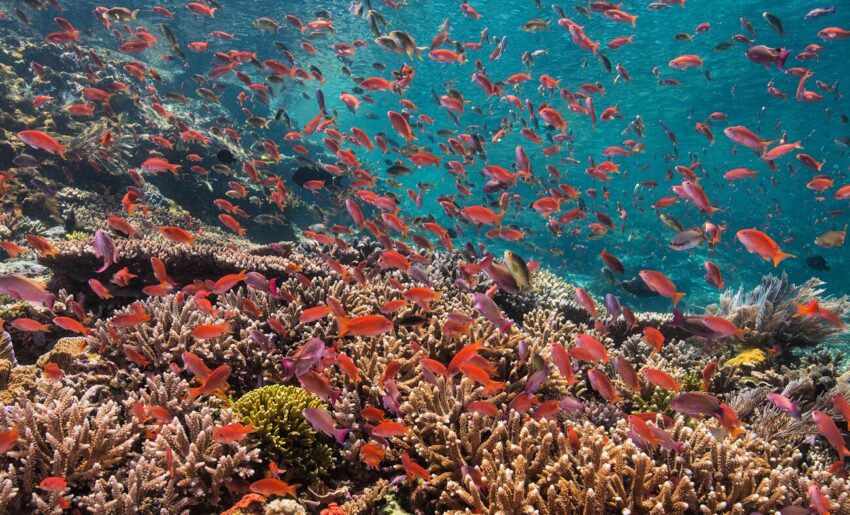
Komodo National Park captures the Coral Triangle’s essence: fierce, ancient, and full of quiet wonder. Dragons patrol dry hills, while below the surface, coral slopes bloom in astonishing color. Strong currents feed the reef, inviting sharks, mantas, and clouds of fish to dance in shifting light.
Each nearby island offers its own tone. Komodo is rugged and wild; Rinca is softer and quieter; Padar, with its cinematic ridges, looks like an unfinished painting. Between them, travelers find moments that escape photographs: dusk turning the sea violet, the hum of cicadas blending with waves, or bioluminescent plankton lighting the wake of a moving boat.
Local Tip: Bring polarized sunglasses. They reveal the reefs’ outlines even from the surface, letting you glimpse their patterns long before you dive in.
Practical Tips for the Journey
Traveling across Indonesia’s wild coast takes mindfulness more than strict planning. The key is flexibility—letting the sea decide your schedule. Here’s how to stay safe and grounded throughout the trip:
| Tip | Why It Matters |
| Season: April–November | Calmer seas, clear visibility, and reliable winds for sailing |
| Dress modestly: | Respects local culture, especially in rural or religious villages |
| Hydrate often: | Tropical heat and salt air deplete water faster than expected |
| Pack light: | Boats have limited storage; essentials only |
| Use local guides: | They ensure safety and support marine conservation efforts |
| Carry cash: | Small islands may not accept cards or have ATMs |
Traveling light and respectfully helps you fit into the rhythm of island life rather than disrupt it.
The Quiet Lesson of the Sea
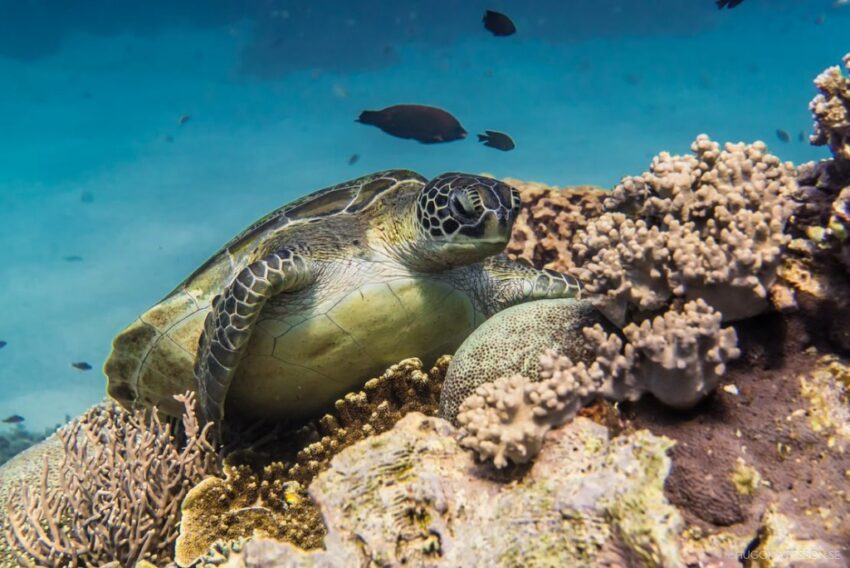
The Coral Triangle isn’t a postcard, it’s a rhythm that stays with you. Its lesson is patience: waves that never rush, sunsets that stretch long enough for thought. Here, nature doesn’t perform. It breathes.
“The sea teaches slowness better than any classroom.”
What you carry home isn’t just memory, it’s awareness. The sea rewires your sense of time, showing that calm observation can be a form of respect. Indonesia’s wild coast doesn’t demand attention; it rewards it. Those who move slowly, listen deeply, and travel consciously find something far rarer than excitement, equilibrium.
